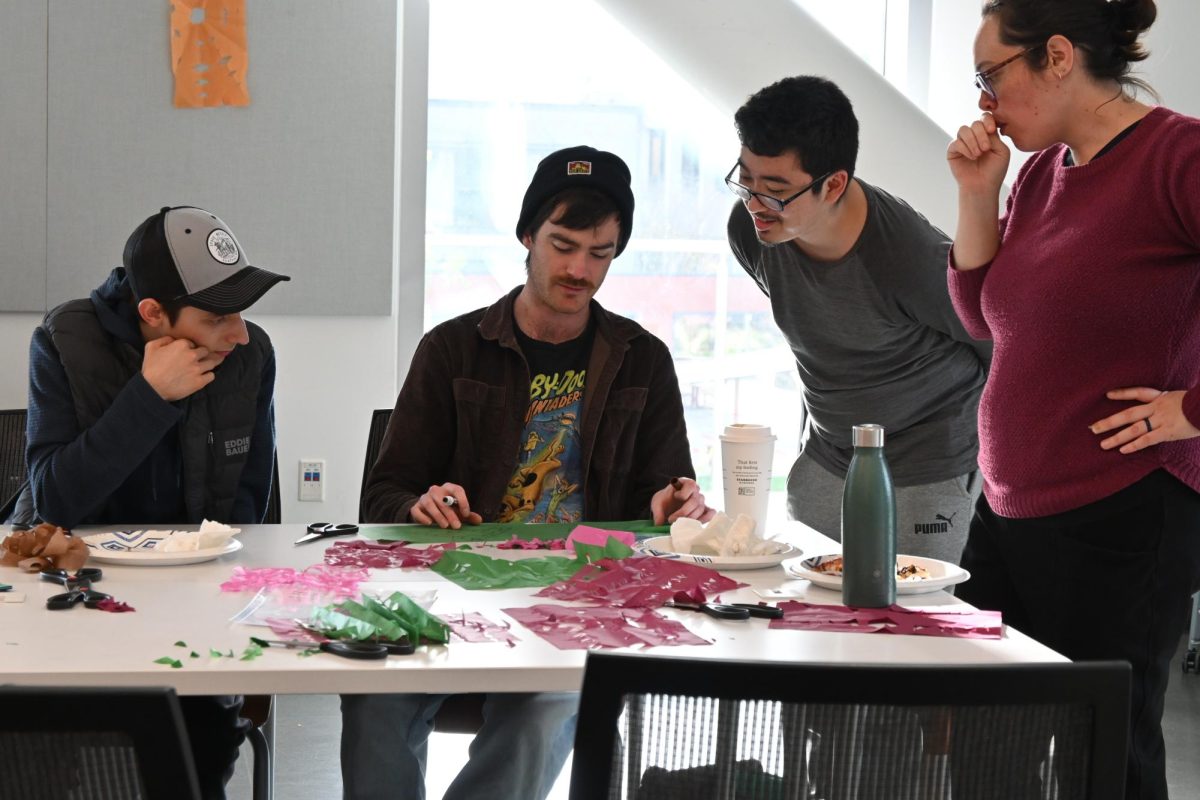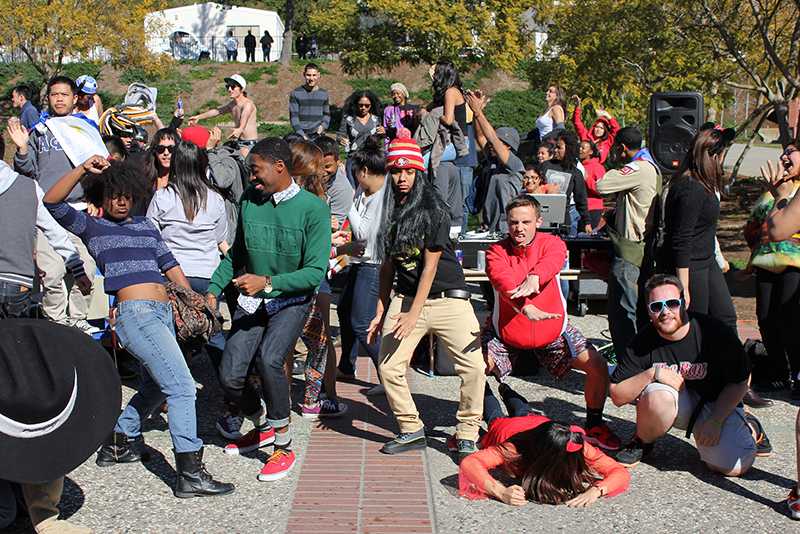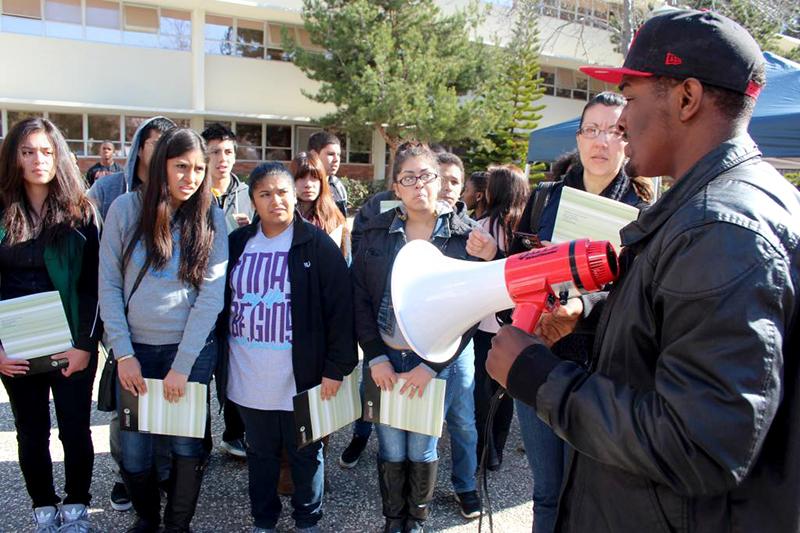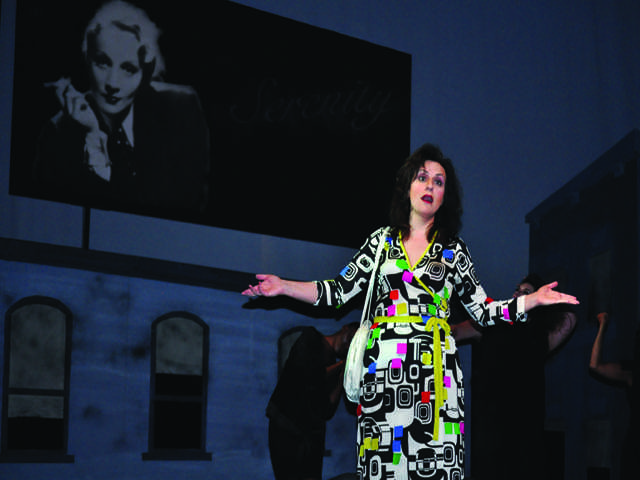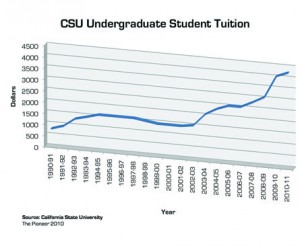 On Tuesday, the California State University Board of Trustees Committee on Finance voted to approve a 5 percent tuition increase that will go into effect at the start of the 2011 Winter quarter.
On Tuesday, the California State University Board of Trustees Committee on Finance voted to approve a 5 percent tuition increase that will go into effect at the start of the 2011 Winter quarter.
In only a month, resident undergraduate students taking a full course load will be required to pay an additional $81 in tuition.
This news is coming a day after the CSU Board of Trustees voted to officially start calling student charges that precede the start of every quarter (or semester) “tuition” instead of “fees.”
Historically, public higher education in California was always envisioned to be “tuition-free”—however, times have changed. “Fee increases” appear to no longer make the obvious more palatable.
“The change in terminology from ‘fees’ to ‘tuition’ will allow us to more accurately define the expenses charged to students,” said Benjamin F. Quillian, CSU’s Executive Vice Chancellor for Business and Finance. “This will not impact students.”
The name change may not impact students, but tuition increases will.
In the fall, tuition will be increased again, this time by 10 percent. Although the initial 5 percent increase was approved by the Board in June, the additional 10 percent increase was passed after the recently drafted 2010-2011 California State Budget surpassed estimated cuts to the CSU system by $64 million.
The news cannot be viewed as all bad—the CSU is planning on adding 3,000 classes in 2011 and 6,000 the following year. Students who have been affected by the cuts in the number of available courses can certainly appreciate that.
Governor-elect Jerry Brown will also be able to prevent the tuition increases in the 2011-2012 school year if he, along with the state legislature, approves a “buy out” for next year’s state budget which will provide the CSU with increased funding.
The CSU is quick to point out that despite tuition hikes, its tuition remains significantly lower than the UC system and other educational alternatives. It is also reporting that tuition increases will not impact students receiving financial aid, who account for approximately half of all enrolled undergrads.
So there is a silver lining to the grey clouds on the horizon.



